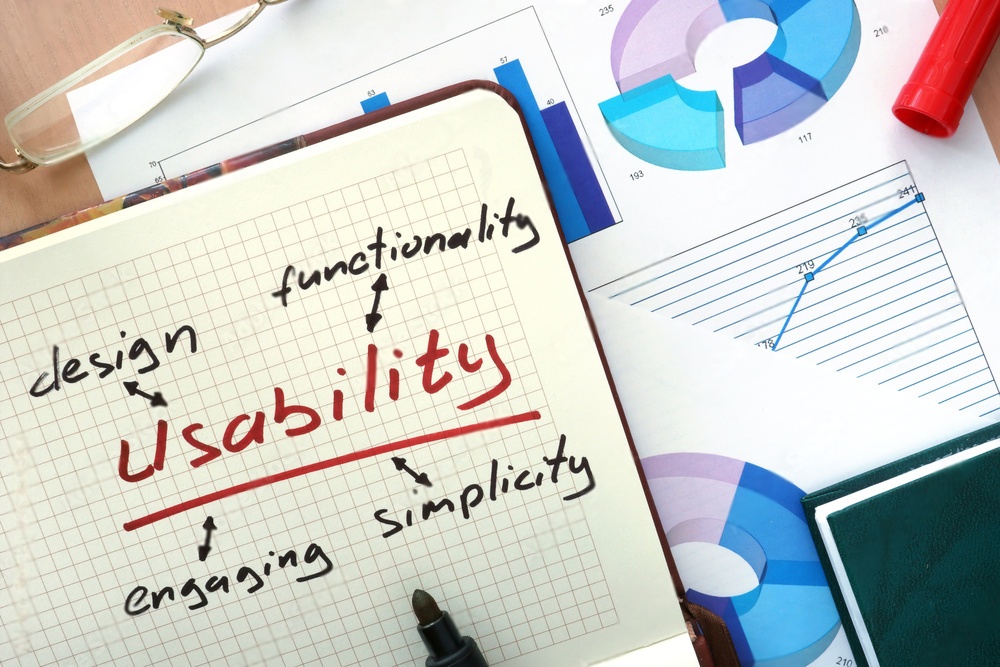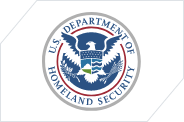Today’s world is all about applications – they are integral to how we work, communicate, and entertain ourselves. So it’s no wonder that businesses are increasingly relying on them to proliferate their services and products.
However, with so many choices out there (both for users and developers), making sure your app is usable and satisfies your customers is essential. That’s where application usability testing comes in – a professional service offered by TestPros that can help you uncover any issues with how your app functions or looks before it goes public.
About Our Usability Testing Services
- Understanding Your Product: We deeply understand the product, its purpose, target audience, and key features. It helps us create relevance tests that would cover all user interactions of interest.
- Developing Personas And Usage Scenarios: We create several such personas along with the description of usage scenarios, which these personas can actually face when using your product. This way, our testing process will simulate the broad spectrum of actual user activities, from performing the crucial tasks to carry out some more obscure functions that are undiscovered to the first-time user.
- Getting Participants: We also select several real users from your target audience. It guarantees that the quality and feedback we collect are actually the insight into the way your real user base feels about your project.
- Performing The Tests: After we have selected the participants, we run the usability sessions. They can be held as face-to-face meetings or via remote tests. We can also employ eye tracking technology. During these sessions, the users are requested to do their initially defined tasks while our observers take notes about any difficulties they face along the way.
- Analysis And Reporting: After we’ve completed the usability tests, our team will review the data in search of patterns and key points of user experience concern. We will produce a detailed report on the matter including the insight into how your users actually reach your product and our feedback on the matter.
We Are Here To Assist You
Important Factors We Assess
- Ease-of-Navigation
- Feature – function and error control
- Consistency
- Feedback
- Performance
- Visual Clarity
- Accessibility

Certified &
Independent
Trusted Testers for Over 30 Years
We make sure everything works before going live, including online transactions. High-quality usability is critical in achieving customer satisfaction and fulfillment on your app or site! TestPros’ provides timely assessments with professional test results and observations so you can get back to business quickly when it comes time for launch day.
The Process To Our
Usability Testing
- Requirements analysis and discovery
- Five or more full days of usability testing and consulting
- Usability assessments of all your business transactions
- Selection of application user participants, and the building of appropriate participant mix
- Development of a test plan
- Delineation of testing procedures and user participant scripts
- Test assessment execution
- Detailed reporting of test results

Project Deliverables
After the usability assessment engagement, deliverables include the following:
- A systematic project test plan
- Test cases and participant scripts
- Test environment description
- Test results report
- Test observations and usability enhancement recommendations
- Authorization to use the “TestPros Tested” logo*
- * Requires customer to follow the terms and conditions of TestPros Logo Agreement
How much does a usability test cost?
The cost of a usability test is determined by how extensive and complicated the project is. Generally speaking, small-scale or short-term testing can start from around a few hundred dollars and scale up from there. For larger projects that require a greater level of detail, more research, and potentially multiple rounds of testing, the cost could be in the thousands.
Usability Testing Services You Can Trust
Many people don’t realize how important it is to test their applications before they launch. Releasing an app that is unusable or confusing can cause customers to delete it immediately. Why risk releasing a subpar product?
See why companies like Hewlett Packard, Pfizer, and Medical Applications call us for their web-based systems and training applications. Contact us today to get started!
Trusted Clients






Frequently Asked Questions
What are the four 4 principles of usability testing?
Usability testing services are designed to evaluate a software application or website to ensure it is user-friendly, intuitive, and easy to navigate. There are four core principles of usability testing that can be used to measure how effectively the user experience is being delivered:
-
Learnability – How quickly can users complete tasks within the software application or website? This principle focuses on how easily users can become familiar with the interface, as well as its features and functionalities. It also examines how quickly users can transition between tasks and perform them in an efficient manner.
-
Efficiency – Once users have become familiar with the interface, how quickly can they complete tasks? Efficiency measures how many steps (or clicks) it takes for a user to achieve their goal and how long each task takes to complete. A successful usability test will identify any issues with navigation paths, button placements, or links that may impede efficiency while using the product.
-
Memorability – Can users remember how to interact with the interface once they have completed a task without needing to relearn it after a period of time? Memorability is important because it can help retain user loyalty and increase the likelihood of returning customers. It examines if elements such as menus, icons, buttons, and labels remain consistent throughout different sections of the application or website.
- Errors – How often do errors occur while using the software application or website? Errors are typically divided into two categories: syntax errors (minor issues such as typos) and system errors (major issues such as incorrect data input). Usability tests should be designed in a way that minimizes both types of errors by providing appropriate instructions on how to use the interface correctly and detect any potential problems before they happen.
What are the three types of usability tests?
- Moderated usability tests
- Unmoderated usability tests
- Remote usability tests
- In-person usability tests
Usability tests come in various forms and serve different purposes, but all are aimed at improving the user experience. Moderated usability tests involve providing detailed feedback from a group of users about how they interact with a product or website. Unmoderated usability tests are similar, but the feedback is gathered from users remotely and typically involves the use of some form of software or online platform. Finally, in-person usability tests involve observing users as they interact with a product or website at a designated location.
What is the difference between UAT and usability testing?
Usability testing and User Acceptance Testing (UAT) are two distinct processes that have different objectives. Usability testing is a qualitative method used to assess the user experience of an application or website, by observing how users interact with it. It provides insight into how intuitive the product is and how well it meets the user’s needs. It can also be used to identify any problems with the user interface and highlight areas where users are likely to have difficulty.
User Acceptance Testing, on the other hand, is a more quantitative process. UAT aims to determine whether an application or website is ready for launch based on pre-defined criteria. Typically, these tests are conducted by a client prior to rolling out new software to members of the user base. UAT is also often used by vendors and third-party developers as part of the final steps before launch.
Both usability testing and User Acceptance Testing are invaluable tools for any company developing or launching a new product, as they can help reduce the risk of poor user experience, resulting in higher rates of customer satisfaction and retention. The best way to find out more about these services is to consult an expert with the knowledge and skills necessary to perform them effectively.
Get In
Touch
- 46090 Lake Center Plaza #306, Sterling, VA 20165
- 703-787-7600
- [email protected]
Ready To Experience TestPros ?
*All fields are mandatory.




